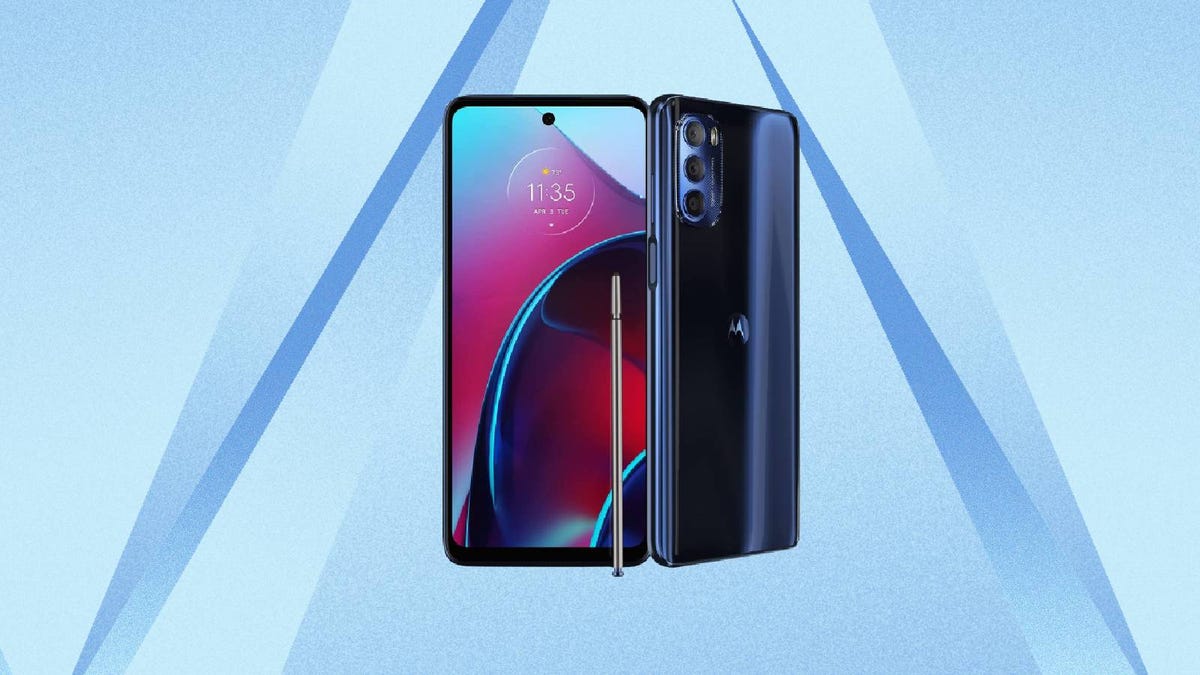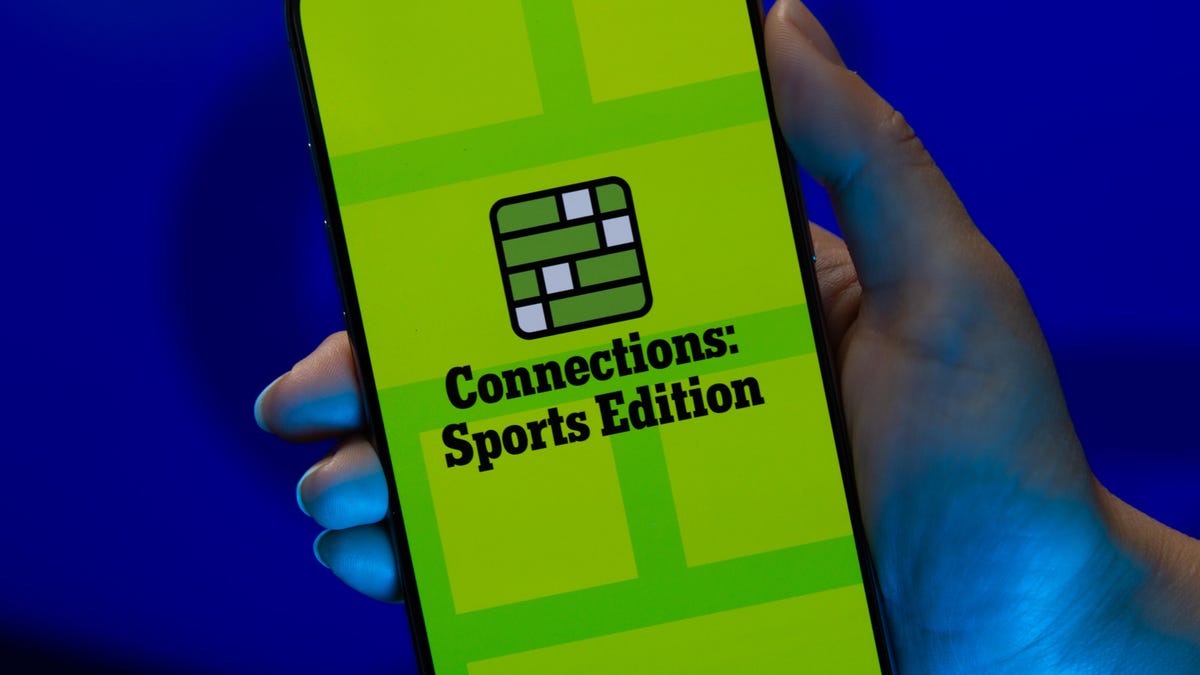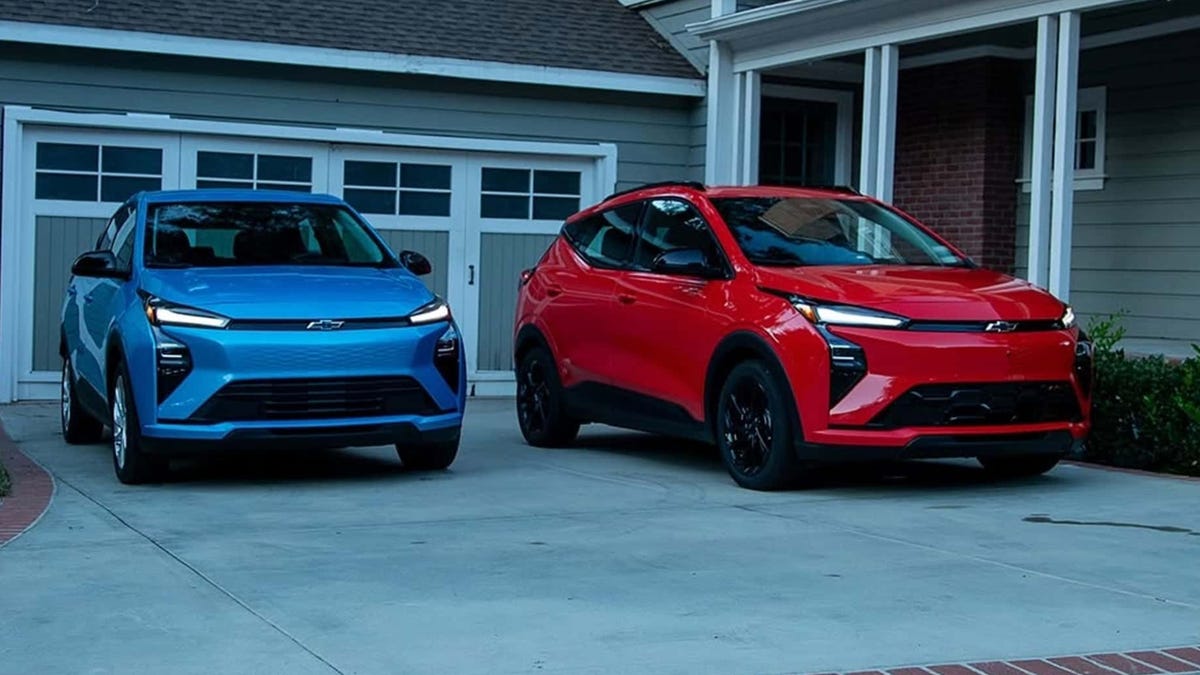Technologies
Amazon and Best Buy Knock Up to 50% Off Already Affordable Motorola Phones
Motorola makes some of our favorite budget-friendly phones in 2023, and right now you can snag one for as much as $500 off the usual price.

While Apple, Google and Samsung may make some of the most popular phones on the market right now, they’re not the only brands with something to offer. Earning a spot on our list of the best phones under $500, Motorola has some excellent budget-friendly alternatives, and right now, you can get your hands on one of these affordable devices for even less. Amazon, Best Buy and Motorola are offering discounts on a variety of current and previous-gen models, with some discounted by as much as 50%. There’s no set expiration for these deals, so we’d recommend getting your order in sooner rather than later if you don’t want to miss out on these savings.
There are quite a few different discounted Motorola phones to choose from right now. One of the most affordable options is the new 2023 Moto G Stylus, which you can pick up for just $180, $20 off the list price. It has 64GB of storage, a 50MP camera and a built-in stylus, but no 5G support. If you want 5G support on a budget, then you can upgrade to the 2022 Moto G Power, which features 6GB of RAM, 256GB of storage and a 6.5-inch HD display. It’s on sale for $200 at Amazon, which is half off the usual price. There’s also the 2023 Moto G Power, which features a more powerful processor and slightly upgraded display, and is currently $20 off, dropping the price down to $280.
Advertiser Disclosure
Or if you’re looking for a more advanced model, you can pick up to 2022 Motorola Edge for $350, which saves you $250 compared with the list price. It features 5G support, as well as a 6.6-inch full HD display with a smooth 144Hz refresh rate, a 50MP rear camera system, 8GB of RAM and 256GB of built-in storage. Or you can upgrade to the 2022 Motorola Edge Plus, which is currently 50% off at Best Buy, dropping the price to $500. It has double the storage, as well as a larger 6.7-inch OLED display and a more advanced first-gen Snapdragon 8 processor.
And Motorola is offering $250 off the Edge Fusion 30, which drops the starting price to $450. It’s a 2022 model that’s equipped with a powerful Snapdragon 888 processor, as well as 5G and Wi-Fi 6/6E support for lightning fas performance. It features a 6.5-inch edge-to-edge display and comes with 256GB of built-in storage. You can also bundle it with a pair of noise-canceling Motorola earbuds for an extra $100.
And be sure to check out our full roundup of all the best phone deals for even more bargains.
Technologies
Today’s NYT Mini Crossword Answers for Sunday, Oct. 26
Here are the answers for The New York Times Mini Crossword for Oct. 26.

Looking for the most recent Mini Crossword answer? Click here for today’s Mini Crossword hints, as well as our daily answers and hints for The New York Times Wordle, Strands, Connections and Connections: Sports Edition puzzles.
Need some help with today’s Mini Crossword? I thought 4-Down was a bit tricky, but read on for all the answers. And if you could use some hints and guidance for daily solving, check out our Mini Crossword tips.
If you’re looking for today’s Wordle, Connections, Connections: Sports Edition and Strands answers, you can visit CNET’s NYT puzzle hints page.
Read more: Tips and Tricks for Solving The New York Times Mini Crossword
Let’s get to those Mini Crossword clues and answers.
Mini across clues and answers
1A clue: Rubber ducky’s «habitat»
Answer: BATH
5A clue: Coin in Cannes
Answer: EURO
6A clue: Go «Grrrr …»
Answer: GROWL
8A clue: «The other thing I wanted to say …»
Answer: ALSO
9A clue: Street sign in a school zone
Answer: SLOW
Mini down clues and answers
1D clue: Plead
Answer: BEG
2D clue: Vibes, in Gen Z speak
Answer: AURAS
3D clue: Social media menace
Answer: TROLL
4D clue: «Oh, yeah? Explain that to me»
Answer: HOWSO
7D clue: Like a phone battery under 20%
Answer: LOW
Technologies
Today’s NYT Connections: Sports Edition Hints and Answers for Oct. 26, #398
Here are hints and the answers for the NYT Connections: Sports Edition puzzle for Oct. 26, No. 398.

Looking for the most recent regular Connections answers? Click here for today’s Connections hints, as well as our daily answers and hints for The New York Times Mini Crossword, Wordle and Strands puzzles.
Today’s Connections: Sports Edition is a fun one. That purple category — oof, it’s a typical Connections brain-buster. If you’re struggling but still want to solve the puzzle, read on for hints and the answers.
Connections: Sports Edition is published by The Athletic, the subscription-based sports journalism site owned by the Times. It doesn’t show up in the NYT Games app but appears in The Athletic’s own app. Or you can play it for free online.
Read more: NYT Connections: Sports Edition Puzzle Comes Out of Beta
Hints for today’s Connections: Sports Edition groups
Here are four hints for the groupings in today’s Connections: Sports Edition puzzle, ranked from the easiest yellow group to the tough (and sometimes bizarre) purple group.
Yellow group hint: Bunch of players.
Green group hint: College division.
Blue group hint: Knock it out of the park.
Purple group hint: You’ll find a hidden word in these four team names.
Answers for today’s Connections: Sports Edition groups
Yellow group: Club
Green group: ACC teams
Blue group: Hit hard, like a baseball
Purple group: Pro team names that end in another pro team name.
Read more: Wordle Cheat Sheet: Here Are the Most Popular Letters Used in English Words
What are today’s Connections: Sports Edition answers?
The yellow words in today’s Connections
The theme is club. The four answers are group, side, squad and team.
The green words in today’s Connections
The theme is ACC teams. The four answers are Demon Deacons, Eagles, Hurricanes and Wolfpack.
The blue words in today’s Connections
The theme is hit hard, like a baseball. The four answers are belt, club, mash and wallop.
The purple words in today’s Connections
The theme is pro team names that end in another pro team name. The four answers are Hornets, Red Wings, Seahawks and Vikings.
Technologies
Chevy’s New Bolt Electric Car Is Truly Affordable, at Less Than $30,000
The new Chevrolet Bolt is cheaper than other «affordable» EVs, and even fixes the weaknesses of its predecessor.
-

 Technologies3 года ago
Technologies3 года agoTech Companies Need to Be Held Accountable for Security, Experts Say
-

 Technologies3 года ago
Technologies3 года agoBest Handheld Game Console in 2023
-

 Technologies3 года ago
Technologies3 года agoTighten Up Your VR Game With the Best Head Straps for Quest 2
-

 Technologies4 года ago
Technologies4 года agoVerum, Wickr and Threema: next generation secured messengers
-

 Technologies4 года ago
Technologies4 года agoBlack Friday 2021: The best deals on TVs, headphones, kitchenware, and more
-

 Technologies4 года ago
Technologies4 года agoGoogle to require vaccinations as Silicon Valley rethinks return-to-office policies
-

 Technologies4 года ago
Technologies4 года agoOlivia Harlan Dekker for Verum Messenger
-

 Technologies4 года ago
Technologies4 года agoiPhone 13 event: How to watch Apple’s big announcement tomorrow

